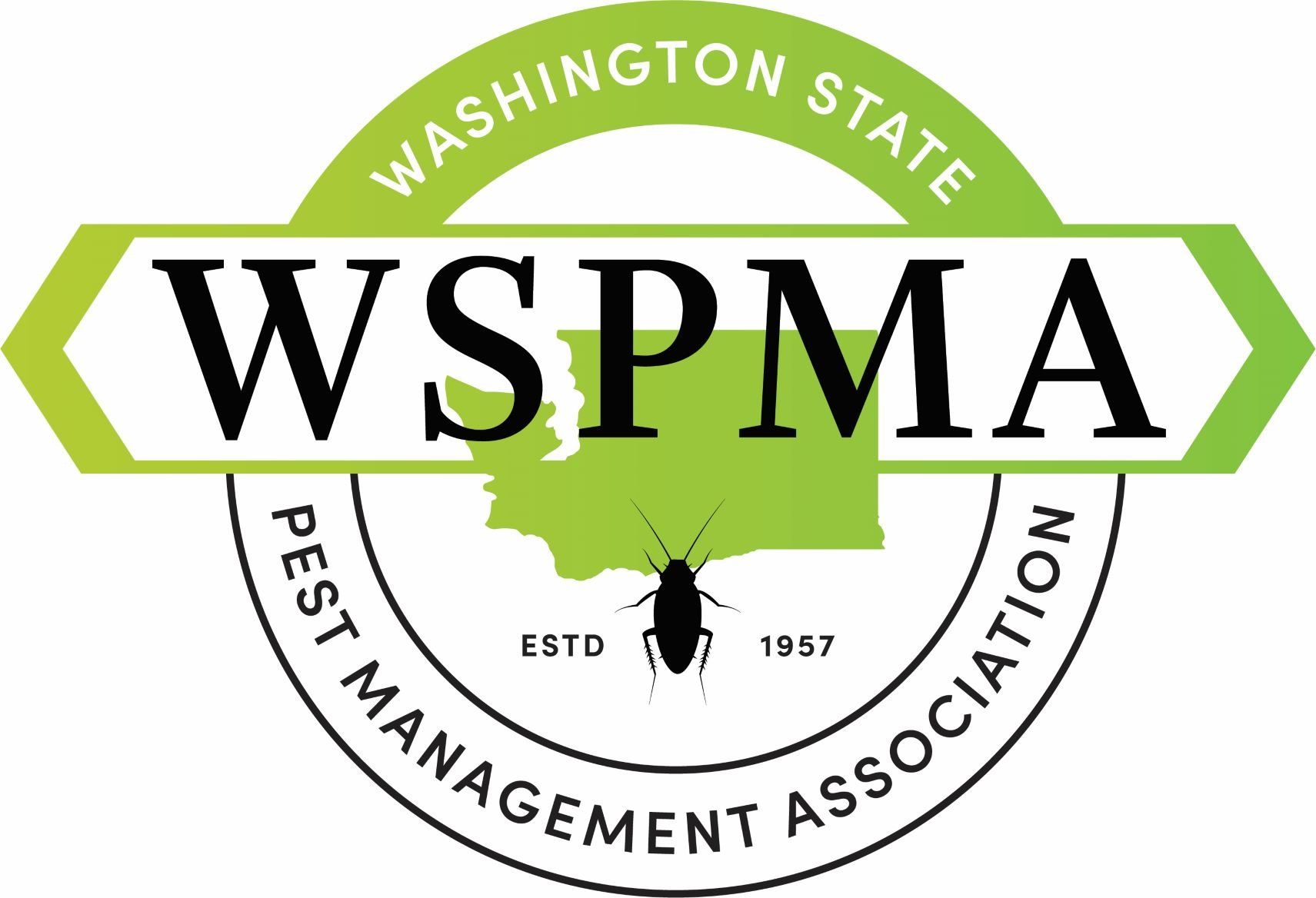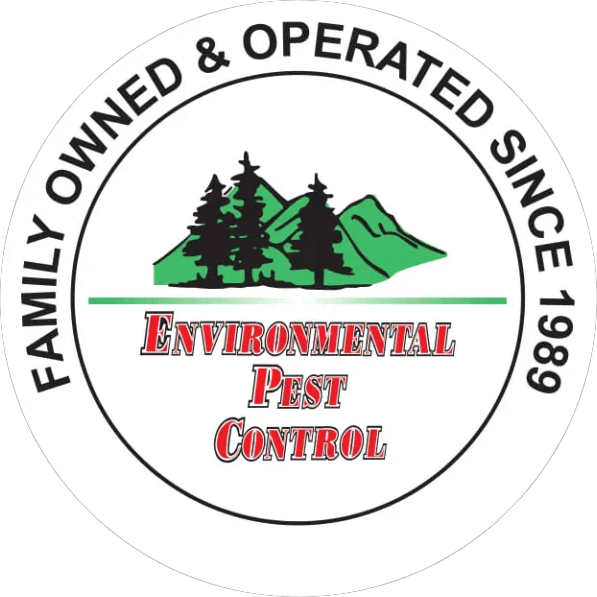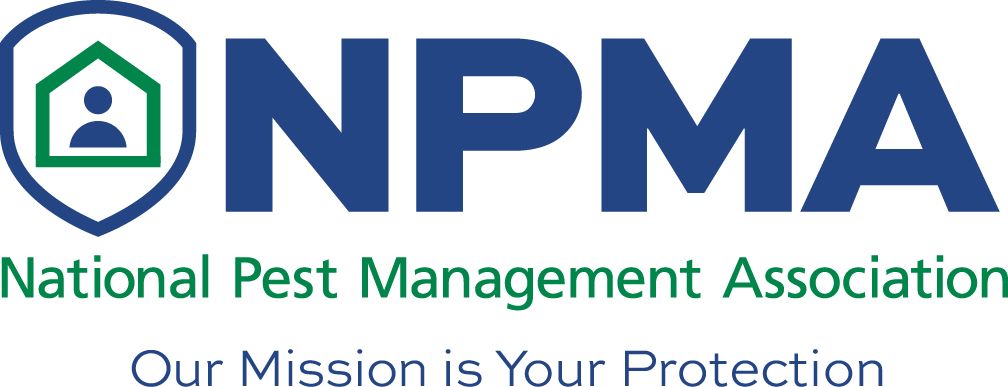We are Proud to Offer Discounts to Our Active / Retired Military, Law Enforcement & Fire Fighters Customers. Give Us a Call For More Info!
INVASIVE INSECT PEST CONTROL IN BELLINGHAM, WA
Also Serving Mount Vernon & Anacortes, WA
COCKROACHES
In the Pacific Northwest there are four cockroach species that may be encountered in structures. The two most common in the pacific Northwest are the Adult Brown Banded cockroach & the German cockroach followed by the American Cockroach, & the Oriental Cockroach.
Brown-Banded Cockroaches are about 1/21" long when mature, light brown in color and have two light yellow brown bands running across their bodies. Nymphs and females are broad when viewed from above, while the male is slender. The males' wings cover the abdomen, whereas the females wings are short, exposing the Abdomen.
Female Brown-Banded Cockroaches produce about 10-20 egg capsules each and could hold 14-18 eggs. The egg capsules get carried for 24-36 hours before they get attached to a protected area. Nymphs then emerge in approximately 70 days, molting 6-8 times before becoming adults within a 90 to 270 day time frame. Adults could live for about 6 months.
German Cockroaches are M"-5/8" long when mature, light brown to tan in color with two dark brown lengthwise stripes on the shield behind the head. Adults are fully winged but rarely fly. Female German Cockroaches produce 4-8 egg capsules each containing 30-40 eggs. The female carries the egg capsule till approximately 1-2 days before hatching then she will deposit them in a safe protected area. Nymphs molt 6-7 times before becoming adults. The process requires approximately 100 days, which allows 3-4 generations per year. Adults live up to 12 months. Because German Cockroaches produce more eggs and has more generations per year than any other cockroaches, a troublesome infestation can rapidly develop.
ANOBIID WOOD BORING BEETLE
Most of the woodboring beetles found in structures in the northwest belong to the family Anobiidae, the death watch beetle. The western death watch beetle is responsible for most of the damage to wooden structures along the coastal areas of western north America. People rarely see these insects. Adult beetles range from 2-5 mm long and are reddish to chocolate brown in color. Eggs are 0.5 mm long, white, and teardrop shaped. Larvae are white, c-shaped and 5-6 mm long when fully developed. Pupation takes place just beneath the wood surface.
Adult beetle mate during July and August, and females soon lay 10-30 eggs singly or in groups of 2 to 10 within natural depressions of wood. Eggs hatch in about 3 weeks, and newly emerged larvae bore directly into wood or, quite commonly, leave the oviposition site to find a more suitable place to feed. Anobiids may spend 5 to 6 years or longer in the larval form feeding on wood. In late spring early summer, mature larvae bore tunnels to within a few millimeters of the wood structure to pupate and change into adults. Adult beetles chew a small circular exit hole and emerge. This cycle will continue until all available nutrition has been depleted. Structure-infesting anobiids occur primarily in older homes that have crawl spaces or damp basements. These beetles also infest outbuildings, such as barns or garages. Wooden support timbers, floor joist, and subflooring are commonly infested. The insects will attack new hardwoods (maple, walnut, oak) and softwoods (Douglas- fir, cedar, hemlock or those that have been in service for many years.
CONTACT INFORMATION
Address: 2435 Strider Ln STE 101 Bellingham, WA 98226
Whatcom: 360-676-5120
Skagit: 360-424-0399
Whidbey Island 360-424-0399
Business Hours:
- Mon - Fri
- -
- Sat - Sun
- Closed





ADDITIONAL SERVICE AREAS


CONTACT US
Thank you for contacting us.
We will get back to you as soon as possible.
Oops, there was an error sending your message.
Please try again later.
CONTACT INFORMATION
Address: 2435 Strider Ln STE 101 Bellingham, WA 98226
Whatcom: 360-676-5120
Skagit: 360-424-0399
Whidbey Island 360-424-0399
Business Hours:
- Mon - Fri
- -
- Sat - Sun
- Closed





ADDITIONAL SERVICE AREAS
Bellingham
Blaine



CONTACT US
Thank you for contacting us.
We will get back to you as soon as possible.
Oops, there was an error sending your message.
Please try again later.
